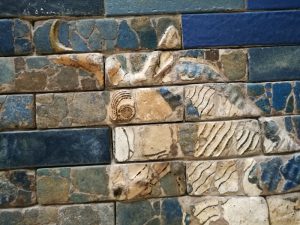
Berlin 2017
Visit in Berlin 2017
Home » world Post » Pniel 6
All 440 additional tools photos are available on request from prehistoricgalilee@gmail.com
Information from Sharon 2007:
Previous/Alternative Names – The Bend (Beaumont 1990d).
Location – Coordinates 28o36″25’S and 24o34″40’E (Beaumont 1990). Pniel 6 encompasses a Vaal River channel and its southern bank. It is located on Pniel’s farm, about 23 km northwest of Kimberley. As is the case for most Vaal River sites, it has largely been destroyed by diamond mining activity.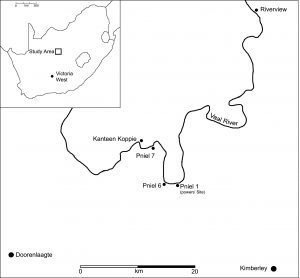
History of Research – The site was brought to the attention of archaeologists by the work of van Hoepen (Beaumont 1990). Beaumont’s systematic survey and fieldwork enabled him to establish a basic stratigraphy and chronology for the site. During the summer of 2000, an excavation covering 5 m2 was directed by McNabb (2001). Excavation by McNabb (2002) has confirmed the sterile nature of both Strata 1 and 2, and Beaumont’s observations on the nature of Stratum 3 and its distinction from Stratum 4. However, the lithic assemblage originating in the contact surface between Strata 3 and 4 is MSA (laminar and convergent Levallois artifacts), dominated by hornfels as its raw material. These features, coupled with the near-absence of bifaces (only two heavily rolled handaxes were excavated in this layer), mark a significant divergence from the Pniel 6 Acheulian assemblages that had been collected earlier (McNabb 2002).
Date – Stratum 1 was dated to the Holocene. On the basis of its lithology, which is similar to that of the neighboring site of Nooitgedacht, Stratum 2 was dated to OIS 5e (Beaumont and Morris 1990). Stratum 3 has yielded a Fauresmith assemblage resembling that of the site of Florisbad, dated to OIS 8. The larger and cruder andesite bifaces, collected from piles of material dredged from the Vaal channel, have been assigned to Stratum 4. Beaumont has suggested that based on their size, shape and material, the tools at the site represent two different Acheulian entities. He noted, however, that both had originated in the same technological system, which he defines as “Proto-Levallois” cores. Given the typological similarity of the Stratum 4 early Acheulian assemblage to the bifaces of Power’s Site, and based upon the presence of Elephas recki at Power’s Site, Beaumont dated this stratum to the later Early Pleistocene (Beaumont 1990d; McNabb 2002).

Visit in Berlin 2017
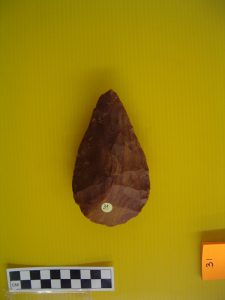
MB web site: Ma’ayan Baruch Acheulian site All 250 Ma’ayan
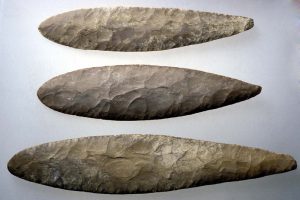
An Egyptian tabular knives workshop in the Negev and flint
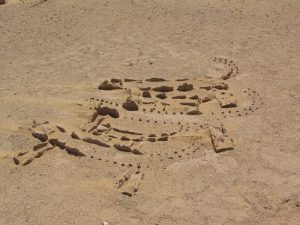
The Valley of Ovda – Southern Negev The Leopard Temple
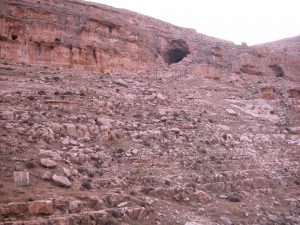
An Acheulian cave in the Judean Desert